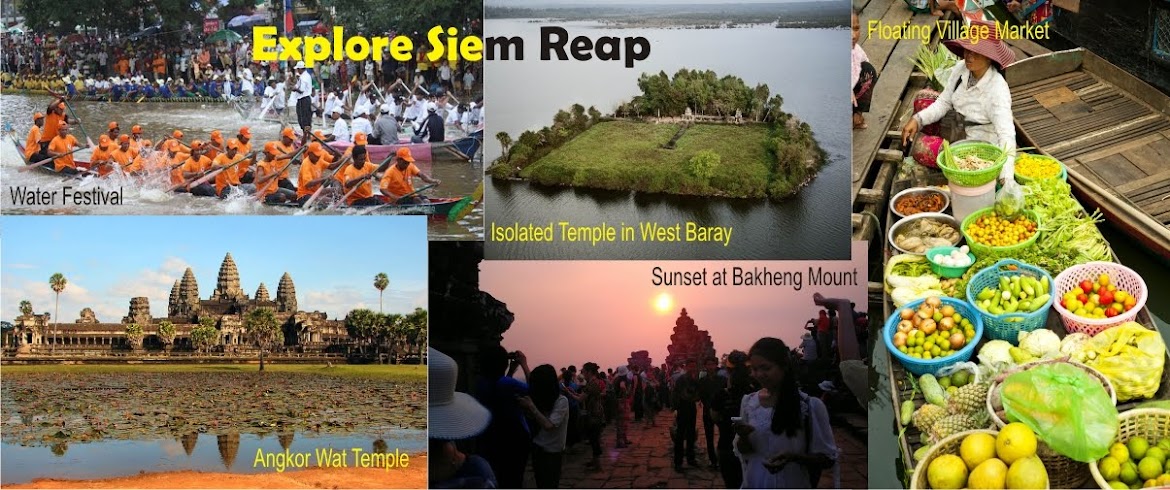The battle bet veen the Devas and the Asuras (over 100 m long). This is a representation of the cosmic battle between the gods and the demons, the asuras, which gak to occur in order to restore righteousness and order in the universe. All the great gods of the Hindu pantheon are in procession, with their classic attributes, and riding their traditional mounts. There are 21 gods including Shiva, Brahma, Skanda, Surya, and the ashtadikpalas, (sentinels of the eight directions) with Indra, Varuna, Vayu, Yama and Kubera. Each god is fighting an asura from whom he differs only by the shape of his helmet; this series of epic duels takes place in the middle of a confused melee involving all the personages. Note the realistic portrayal of some of the animals, as well as the emphatic pose of the generals.
Towards the centre of the panel, one can identify: Kubera, the god of wealth, on the shoulders of an asura with outstretched legs; Agni, the god of fire, on his chariot pulled-by rhinoceroses; Skanda (25, page 35), the god of war, with six faces, on the shoulders of his peacock, whose legs keep the monsters harnessed to chariots at bay; Indra (24, page 35) on Airavata, his elephant, who holds an enemy in his four tusks. This sight and the noise of the bells make the lions rear up as a chariot is overturned. Vishnu occupies a prominent central position, opposing the terrible asura Kalanemi (26, page 37) with many heads (of which seven are visible), holding a bow while brandishing clubs and swords with his many arms.
Yama (27, page 37), the god of justice, follows on a chariot harnessed to buffaloes; Shiva (28, page 37)on a chariot pulled by bulls with two humps; Brahma (23,page 35) on his usual mount, the hamsa, holding the magic weapon brahmastra; Surya (23, page 35), the Sun god . on a chariot drawn by four horses: Varuna (22. Page 35). The god of water, appear on a naga bridled like a horse. Finally, 10 not clearly identifiable gods follow.
The crises of the battle continue: one can see bodies distorted in agony. A five-headed naga entwined with the combatants spreads terror Vishnu, on his intrepid Garuda, himself balanced on the bodies of two horses, dominated the scene and gives order to his soldiers. The melee continues (171) with warriors fighting in all manner of acrobatic positions, with individual combats multiplying in intensity, and the topmost register of the relief is furrowed by clouds of arrows. But at the end the devas, representing goodness and harmony, defeat the asuras. Representing evil and disorder.

No comments:
Post a Comment